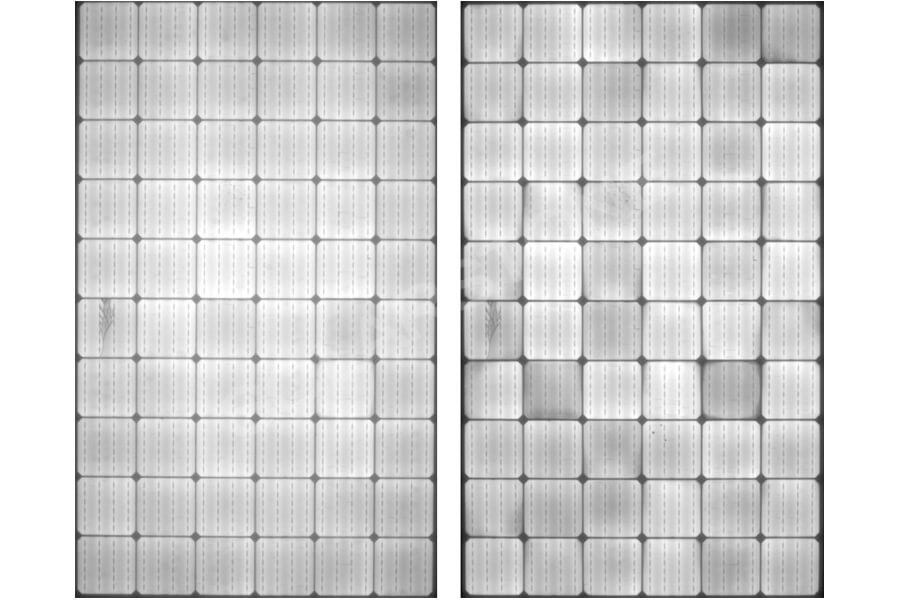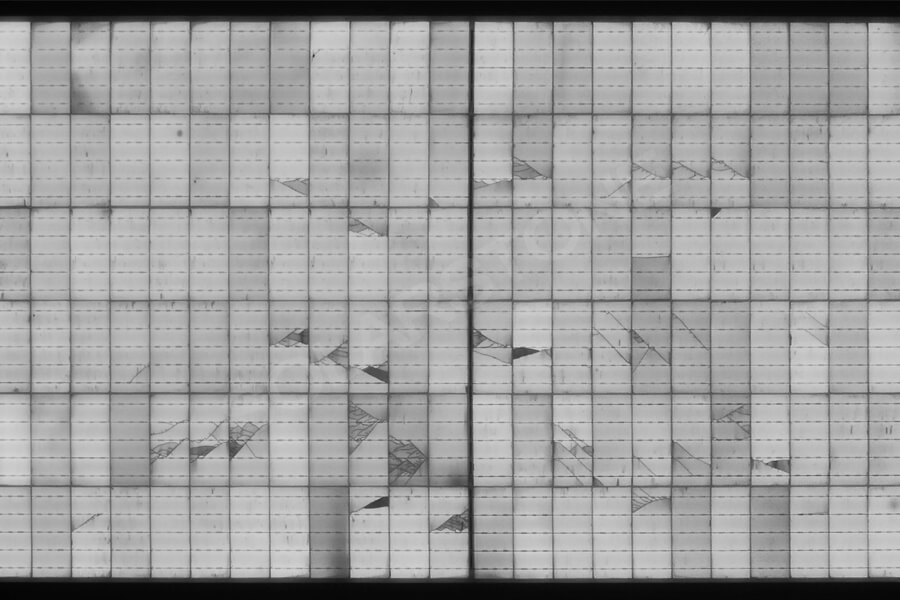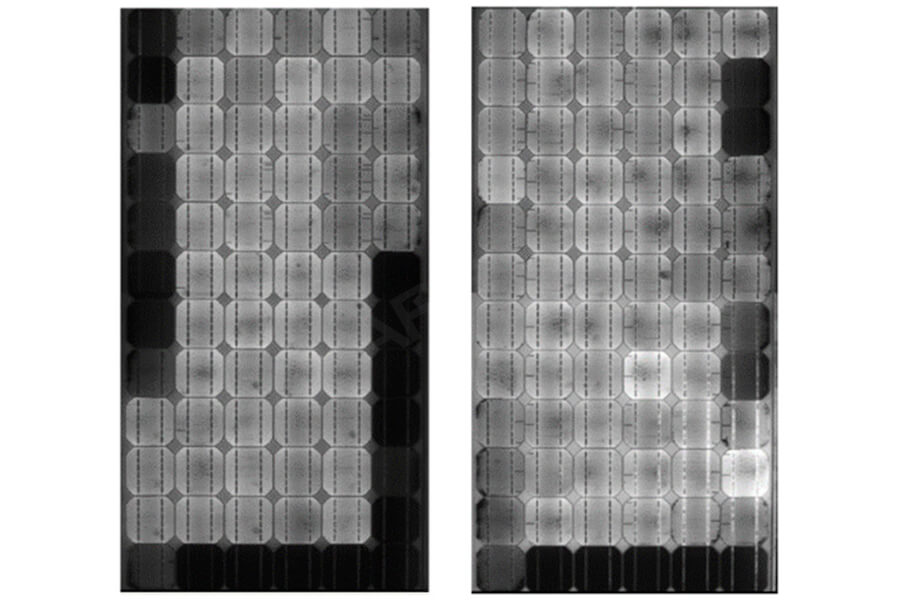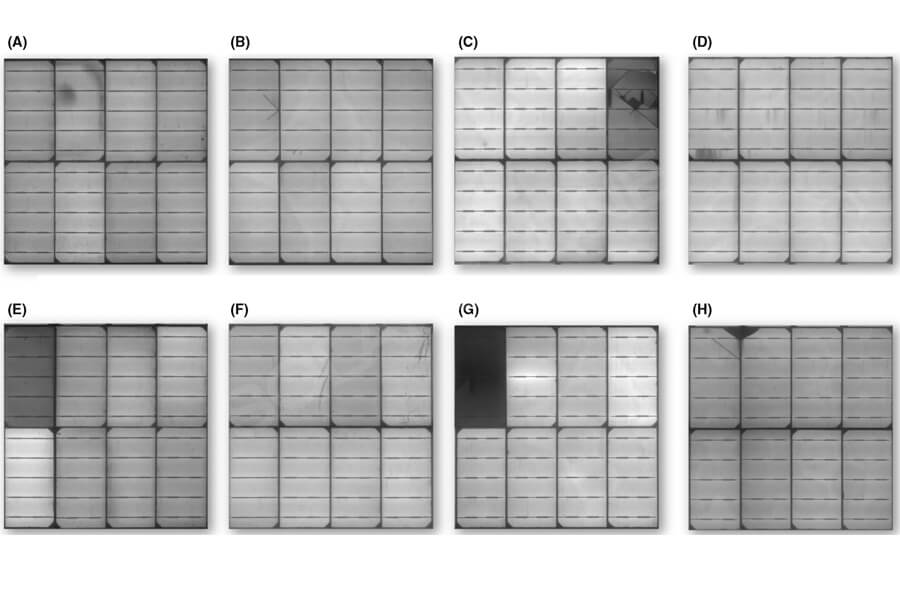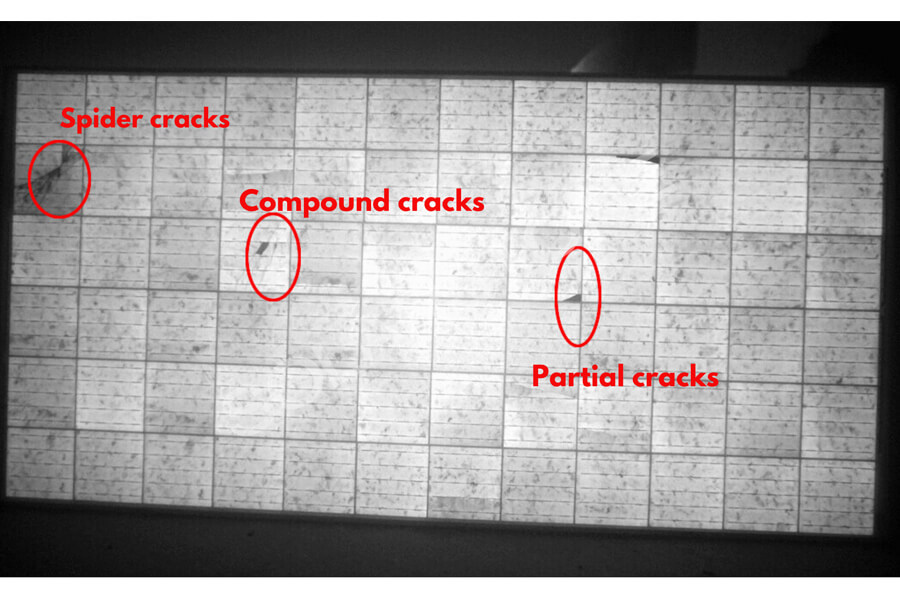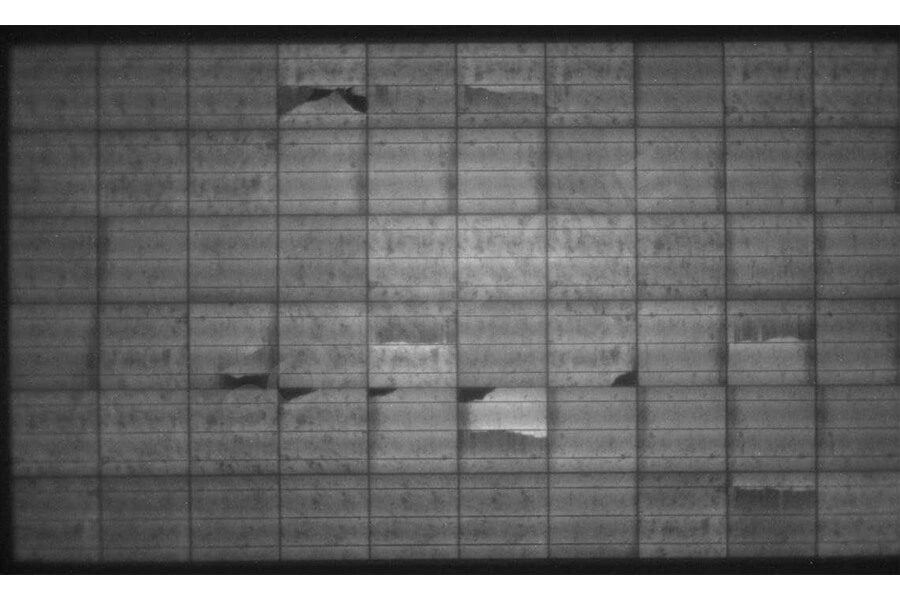Photovoltaic modules are the core components of photovoltaic power generation. In order to ensure the normal operation of photovoltaic power generation, it is necessary to inspect and maintain the components of photovoltaic power plants.
Due to quality issues hidden within the solar panels or occurring after a period of operation of the photovoltaic power plant, it is difficult to identify them during the on-site acceptance of the solar panels, and professional equipment needs to be used for photovoltaic module testing.
The three major types of problem detection methods for photovoltaic modules mainly include the causes of hot spot formation and photovoltaic module detection methods, the causes of crack formation and photovoltaic module detection methods, power attenuation classification and photovoltaic module detection methods.
1. Causes of hot spot formation and detection methods for photovoltaic modules
Photovoltaic module hot spot refers to a dark spot where a photovoltaic module is exposed to sunlight and some solar cells are blocked from working, causing the covered part to heat up much more than the uncovered part, resulting in excessive temperature and burning out.
The formation of hot spots in photovoltaic modules is mainly composed of two internal factors, namely internal resistance and the dark current of the solar cell itself.
The hot spot durability test is a photovoltaic module testing test to determine the ability of solar modules to withstand the heating effect of hot spots. Conduct testing of photovoltaic modules through reasonable time and process to demonstrate that they can be used for a long time under specified conditions.
Hot spot detection can be carried out using an infrared thermal imager, which can use thermal imaging technology to display the temperature and distribution of the measured target using a visible thermal map.
2. Causes of hidden cracks and detection methods for photovoltaic modules
Hidden cracks refer to the appearance of small cracks in solar cells, which can accelerate the power attenuation of solar cells and affect the normal service life of solar panels.
At the same time, hidden cracks in solar cells can expand under mechanical loads, potentially leading to open circuit damage and hot spot effect.
The occurrence of hidden cracks is caused by the combined action of multiple factors. Uneven stress on solar modules, or severe shaking during transportation and reshipment, may cause hidden cracks in solar cells.
Photovoltaic modules undergo EL imaging testing before leaving the factory, using an EL detector. The instrument uses the electroluminescence principle of crystalline silicon, and uses a high-resolution CCD camera to take the near-infrared image of the solar module, to obtain and determine the defects of the solar module.
The EL detector can detect whether photovoltaic modules have hidden cracks, fragments, solder joints, grid breaks, and abnormal phenomena of single solar cells with different conversion efficiency.
3. Classification of power attenuation and detection methods for photovoltaic modules
Photovoltaic module power attenuation refers to the phenomenon where the output power of solar modules gradually decreases with the increase of lighting time. The power attenuation phenomenon of photovoltaic modules can be roughly divided into three categories:
The first type is the power attenuation of solar modules caused by destructive factors;
The second type is the initial photoinduced attenuation of solar modules;
The third category is the aging and attenuation of solar modules.
Among them, the first type is the controllable attenuation during the installation process of photovoltaic modules, such as strengthening the unloading, transportation, and installation quality control of photovoltaic modules, which can reduce the probability of hidden cracks and fragmentation of solar cells.
The second and third categories are urgent process issues that need to be addressed in the production process of photovoltaic modules. The power attenuation test of photovoltaic modules can be completed through the I-V characteristic curve tester of photovoltaic modules.


